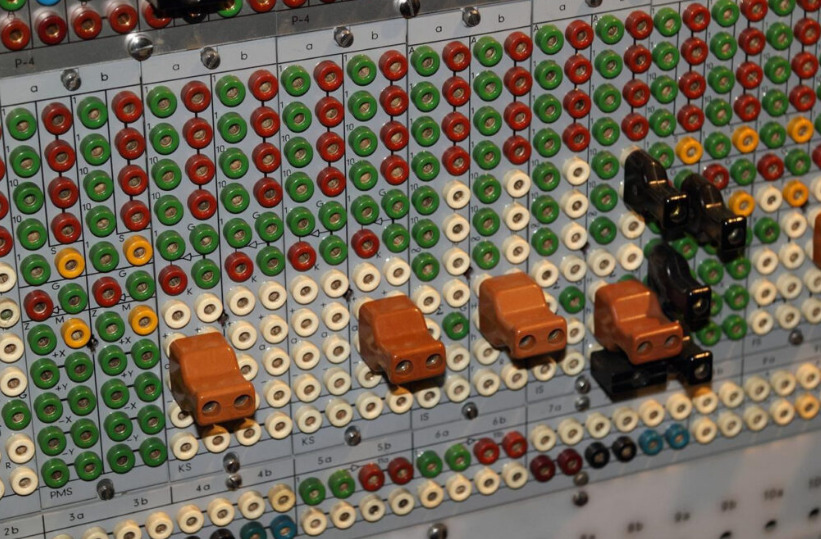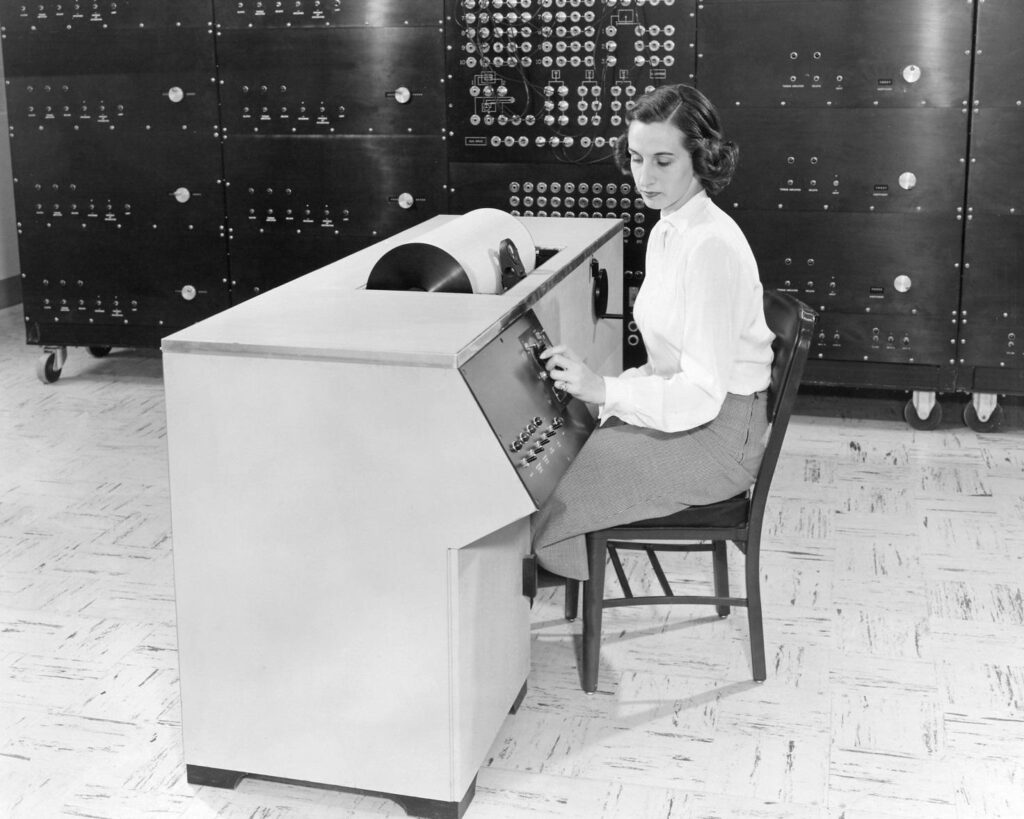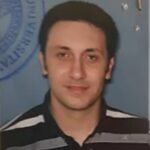
Whoever has as a mission, to deal with computer security and therefore also with cryptography, must necessarily pass through the figures of two giants of the last century. We are talking about: Alan Turing and Claude Elwood Shannon.
The first, formalized the concept of algorithm. Created a machine with a logical structure capable of executing any algorithm (The universal computer); the second gave us a clear image of the concept of information together with other theories that then became the cornerstones in the transmission of information.
During the Second World War, the military invested heavily in the study of cryptography. Both Turing and Shannon were employed by their respective armies, British and American, as cryptanalysts.
In 1949 Shannon published Communication Theory of Secrecy Systems thus creating modern cryptography, where he described general criteria that a good encryption system must respect to be considered reliable.

Cryptography, “secret writing,” has the purpose of hiding, of making incomprehensible, to the interest of others, the messages that two interlocutors exchange.
It allows the encryption of a text and the deciphering of a cryptogram. It is not a recent technique, in fact, Suetonius, a Roman historian, in his Life of the Caesars writes that Julius Caesar already used a secret writing for his private correspondence.
To do this, Caesar used a substitution cipher algorithm (method) known today as the Caesar Cipher. Caesar’s cipher consisted of replacing the letters of a plaintext with other letters that occupied positions further along in the alphabet.
Gaylord is a small and charming rural town of 3000 inhabitants surrounded by greenery. Orchards, maple woods, beech trees. A town in Michigan where Mr. Claude Shannon Sr. lives and runs a furniture store. Mrs. Mabel Wolf (Born in Lansing on September 14, 1880) second wife of Shannon Sr., daughter of an emigrant from Germany, teaches languages in a high school in her hometown, Lansing is located a few miles from Gaylord.
The two were married in August 1909. In the small town of Lansing. Very religious and devout believers, they were regular attendees of a local Protestant church. They had two children, the eldest daughter Catherine, born in 1910, and Claude Jr. born in 1916.

Claude Elwood Shannon was born in Petoskey, Michigan, on April 30, 1916. He spent his childhood in the city of Gaylord, a normal childhood, in which the one who excels in the family is not Him but his older sister. A model student with a knack for mathematics and a strong creativity to which was added a passion for music and piano. Catherine managed to graduate in mathematics at Michigan University.
Such preparation aroused a lot of curiosity in Claude and a push to do better, in fact it was Him himself who later declared: “My sister’s talent for mathematics may have induced my interest in mathematics”.
Claude graduated from Gaylord High School in 1932, while also working odd jobs, including delivering telegrams and repairing radios. At the same time, his interest in how things worked and in making, a Maker ante litteram, pushed him toward of equipment, such as the construction of a telegraph with which he managed to connect his house with that of a friend, wiring with the barbed wire that surrounded and protected their homes.
Claude graduated from Gaylord High School in 1932. Following in the family footsteps, he enrolled in college, his mother Mabel and sister Catherine were both graduates. At the University of Michigan, in 1936 he crossed the first milestone where he obtained a first level degree in mathematics.
His passion for studying, the growing need for engineers, also imposed by the unfortunate historical events that America and the world were going through, suggested that he continue his studies and take advantage of an announcement that he saw on the bulletin board of the Department of Electrical Engineering at MIT.
This announcement advertised a position as a student assistant in the construction of the famous differential analyzer, an electromechanical analog computer, designed to solve differential equations. Luck was on his side, he entered MIT, Claude obtained (also thanks to the advantage received by the overlapping of many of the exams of the two different courses) a degree in electrical engineering. Later, Shannon will declare: “Thanks to this overlap of exams, the second degree did not cost me much effort.”

At MIT he joined the group of Vannevar Bush, creator of the differential analyzer. Bush, thanks to his scientific depth and his notoriety in the American academic world, was later also assigned, expressly by President Roosevelt, first to the National Defense Research Committee, contributing to the development of military apparatus with roles even in the Manhattan Project.
As an assistant, Shannon’s duties consisted of maintaining and checking the complex components of the analyzer. Components also composed of hundreds and hundreds of relays. But the turning point, the turning point came in 1937, when he went from MIT to New York, to a place where another group of people was simultaneously studying how to bring mathematical logic closer to circuit design.
That place was the Bell Laboratories, at the time the laboratories of the American telephone company, where Shannon went for a summer internship.

After this summer internship, Shannon began to put together his mental puzzle, putting together for the first time, the knowledge he had of Boolean logic with circuits. Thus combining Boolean algebra (the algebra developed in the mid-19th century by the English mathematician George Boole) with electrical switching circuits in order to simplify telephone switching in networks with switches and relays.
His ideas and studies were published in the MIT master’s thesis: “A Symbolic Analysis of Relay and Switching Circuits” published in 1938 in the “Transactions of the American Institute of Electrical Engineers”. In the following decades it was defined as “the most important thesis ever written”.
A curiosity, we can listen to our favorite music on digital devices, thanks only to the Shannon Theorem, which in 1948 stated and demonstrated the sampling theorem, which allows us to establish the conditions in which it is possible to transform an analog signal into a digital one without degrading the quality. But not only that, another important Shannon Theorem is used in telecommunications, and is called: Theorem of coding in the presence of noise.
Follow us on Google News to receive daily updates on cybersecurity. Contact us if you would like to report news, insights or content for publication.
